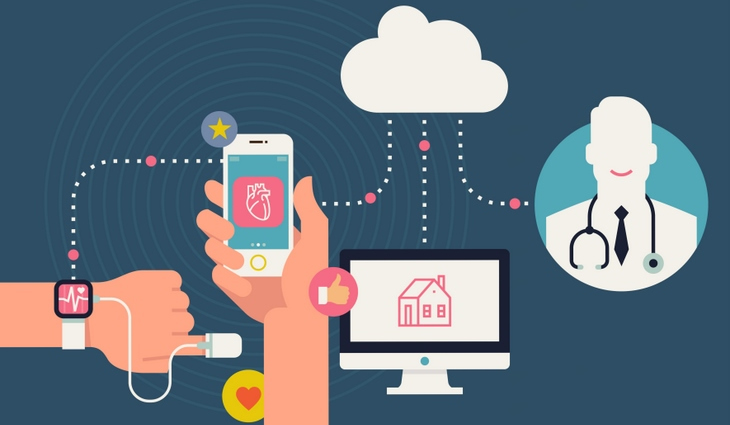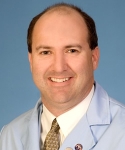From connected refrigerators that display the latest family photos to connected buttons that instantly place an order for laundry detergent when you press them, the Internet of Things is vast and growing rapidly. Health care is not immune to this new connected fever. Health care leaders and innovators are quickly developing connected health things that offer powerful new ways to care for people.
In some cases, connected health technologies can provide acute and potentially lifesaving information, and in other instances they may simply provide the extra motivation needed to get up and get moving.
I recently attended the 12th annual Partners HealthCare Connected Health Symposium in Boston in late October, and the Health Information Management Systems Society's mHealth Summit in National Harbor, Maryland in early November.
Both conferences offered a wealth of information and insight into technologies that extend and expand the reach of health care in new and exciting ways.
At the Connected Health Symposium, Dr. Joe Kvedar, vice president of connected health at Partners HealthCare, spoke about "The Internet of Healthy Things," which is also the title of his newly published book. Dr. Kvedar described the need for "frictionless data capture" from the various connected devices that already gather health metrics data from patients, and the need to integrate and normalize the captured data to make it available and useful to the patient's care team. In addition, Dr. Kvedar highlighted the critical need to successfully engage patients by "making it personal," which rich normalized data and analytics help enable.
A big topic at both the Partners and HIMSS conferences was the question of what benefit we are getting from all the data these devices are collecting.
James Mault, MD, vice president and chief medical officer of Qualcomm Life, and founder of five Health IT and medical device companies, was a keynote speaker at the HIMSS mHealth Summit. He says 95 percent of data from bedside patient monitoring devices never makes it into the electronic patient record.
Dr. Mault described a "connected experience," in which the "Internet of Medical Things" in care settings ranging from "hospital to home" will securely stream data directly into the patient's electronic medical record. Imagine the vast amount of data that sub-second interval sampling frequencies for patients' vitals from their bedside ICU monitoring devices on a large scale will generate, and the potential discoveries and insights that may come from studying it.
Dr. Mault also talked about the future of point-of-care and home diagnostics, and the improved experience that patients will have with the addition of connectivity that enables "near real-time" evaluation of their test results by clinicians.
"Connected Health" things are a rapidly evolving part of the spectrum of health-care technologies. Dr. Mault noted that "technology is way ahead of our health-care system's ability to apply it." The health-care system is adapting to incorporate connected health technologies where there is evidence of improved outcomes and cost savings. Dr Mault said that in 2016 a major health-care payer will roll out an incentive system in which users can earn up to $1,000 a year for their health savings account using a specific connected wearable activity tracker.
Connected health is making great strides to improve our ability to capture, analyze, and ultimately benefit from our health data, as well as to connect to and become a more integral part of our own health-care teams.

